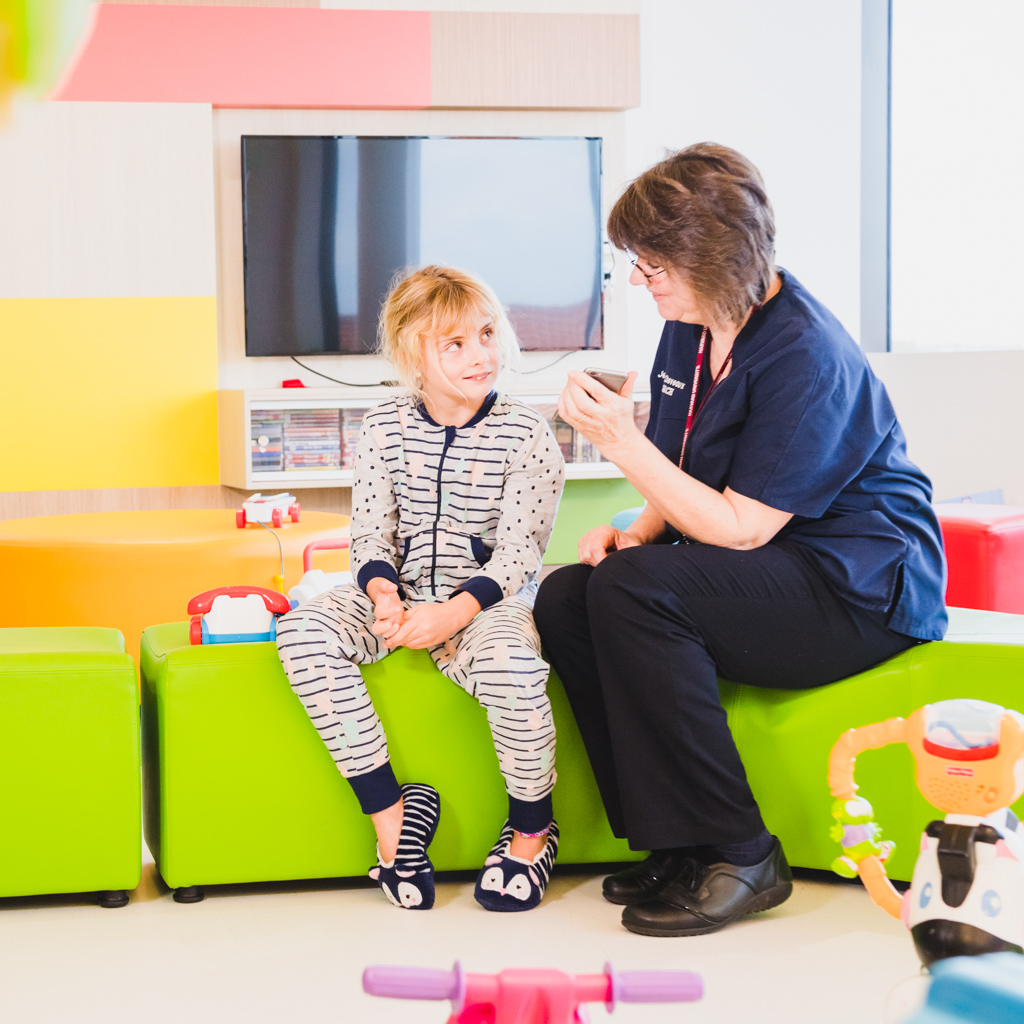 Brisbane, Australia-based ResApp is planning to re-do its big US trial soon, but in the meantime the smartphone respiratory diagnosis company is continuing to collect data in its native country.
Brisbane, Australia-based ResApp is planning to re-do its big US trial soon, but in the meantime the smartphone respiratory diagnosis company is continuing to collect data in its native country.
The company released data yesterday from a clinical study of more than 1,300 adult patients at Joondalup Health Campus in Perth and Wesley Hospital in Brisbane. While the company’s previous studies have focused on a particular condition, this is the first real-world study of patients with a wide variety of diagnoses. Patients presented with a range of respiratory conditions, including some with no condition at all.
“Delivering accurate results within an adult intended use population is an excellent step forward, further demonstrating that ResApp’s algorithms can be applied effectively in a group of patients with a very broad range of respiratory illnesses,” Tony Keating, CEO and managing director of ResApp Health, said in a statement. “We now have a strong foundation from which we can pursue pivotal adult clinical studies in support of regulatory submissions. In particular, this new comparison to the gold standard of lung function testing provides an exceptional opportunity to run well-controlled studies for a number of diagnostic tests which have a significant clinical need and outstanding commercial opportunities.”
ResApp’s offering — an app called ResAppDx — essentially uses a smartphone's microphone as a stethoscope to listen to a patient’s breathing. But instead of relying solely on a doctor’s ears to form a diagnosis from those sounds, ResApp has been developing machine-learning algorithms that will automatically determine which respiratory condition a patient might have, including pneumonia, asthma, bronchiolitis, and COPD. Eventually, the company hopes to integrate those algorithms into telehealth offerings as well as make them available for clinical use.
ResApp’s algorithms detected pneumonia, acute asthma, chronic asthma, and COPD with around 90 percent accuracy each. Specifically, it correctly identified pneumonia 90 percent of the time, and the absence of pneumonia 88 percent of the time; caught acute asthma 91 percent of the time, and its absence 88 percent of the time; chronic asthma 87 percent of the time, and its absence 90 percent of the time; and COPD 89 percent of the time, with its absence identified 87 percent of the time.
The algorithm was also used to identify COPD exacerbations in patients with known COPD. That algorithm correctly spotted an exacerbation 91 percent of the time and was right about the lack of an exacerbation 90 percent of the time.
The company also announced this week that it has secured two of the three IRB approvals for its mulligan US trial. The study, which will be known as Smartcough-C-2, now has approvals for the sites at Texas Children’s Hospital and Massachusetts General Hospital, with the third (from the Cleveland Clinic) expected soon.
The previous iteration of the study yielded unusable data due to a number of procedural anomalies. Keating spoke to MobiHealthNews about the study last month.


















